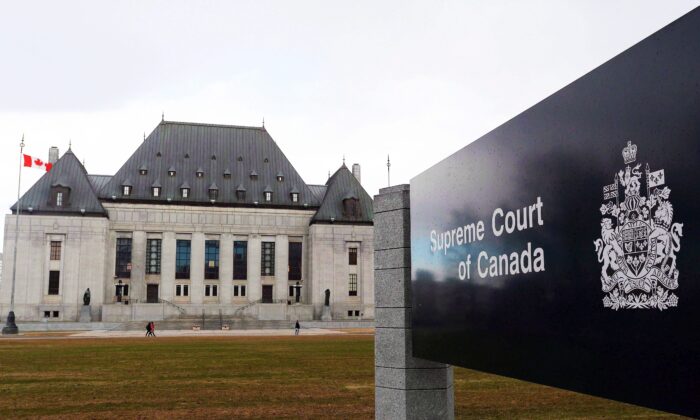Bruce Pardy argues that in Canada, Aboriginal Title is posing a constitutional threat
Commentary
Section 35 affirms aboriginal rights that existed as of 1982. But since 1982, the Supreme Court of Canada has used Section 35 to champion, enlarge, and reimagine aboriginal rights. The Court has “discovered” rights never recognized in the law before 1982. In 1997, it articulated a new vision of aboriginal title. In 2004, it established the Crown’s “duty to consult.” In 2014, it recognized aboriginal title over a tract of Crown land. In 2021, it gave aboriginal rights under Section 35 to an American indigenous group.
Courts have not yet granted aboriginal title over private property. Can it be done? The Supreme Court of Canada has not yet answered the question. But the New Brunswick judge in the Wolastoqey case said that it can. She dismissed the action against the seven companies, but not because the claim for their land could not succeed. Striking the claim against those defendants “does not mean that the aboriginal group will be denied the possible remedy of repossessing [the defendants’] land,” the judge wrote. Aboriginal land claims can be made only against the Crown. Only with the Crown do aboriginal groups have a constitutional relationship.
If the claim succeeds against the Crown, what then? The court may instruct the government to take the private property from its owners and hand it over to the aboriginal group. “The Crown may be directed or ordered to use its expropriation power,” the judge wrote. Since the Constitution does not protect property rights, governments can take property away simply by passing a law saying that they can. Expropriation statutes exist in jurisdictions across Canada. They provide governments with the authority to confiscate property and prescribe the conditions under which they will provide compensation for the taking.
We have built a constitutional menace. Property rights, abandoned for political expediency, have no constitutional status. Fee simple is merely a gloss on the state’s authority to do with your property as it wishes. In contrast, aboriginal rights, thanks to our courts, have become more powerful than any Charter right.
Section 35, like much of the rest of the Constitution, is subject to an onerous amending formula. It cannot be easily changed or repealed. Since Section 35 is not part of the Charter, it is not subject to the “notwithstanding” clause. Legislatures cannot override it. Not that they would anyway. The British Columbia government, for instance, recently signed an agreement granting aboriginal title to Haida Gwaii, notwithstanding the property interests of many non-aboriginal people within the territory. A self-flagellating pathology has gripped our ruling class.
The trial has yet to be heard in the Wolastoqey case. The assertion of aboriginal title may or may not succeed. The private parties, no longer defendants in the case, are now not able to contest the claim. They could apply for intervenor status, but the fate of their land rests in the hands of governments and courts. In Canada, that is not a good place to be. As time goes on, they may have lots of company.
Views expressed in this article are opinions of the author and do not necessarily reflect the views of The Epoch Times.





